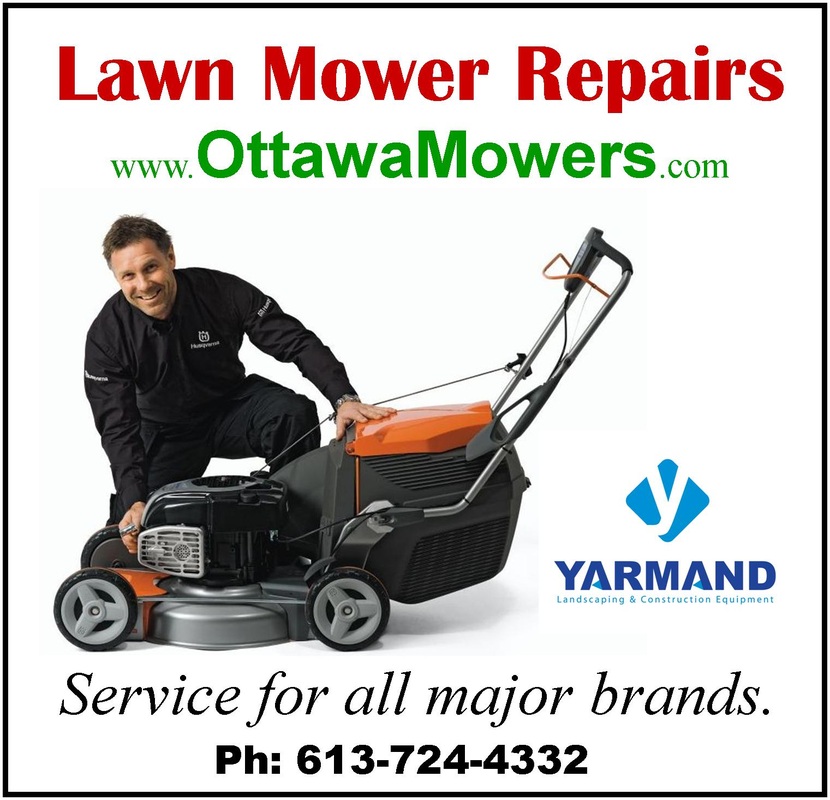|
Husqvarna has a long history that is rich in tradition, starting with the very first Husqvarna factory established in 1689. From homeowners to full time professionals, our chainsaws are ideal for anyone who requires first class quality, durability and ergonomics.
Take a minute to familiarize yourself with the basic components of the Husqvarna chain saw. They are; the cylinder cover, the starter handle, the air purge, the stop switch also known as the ignition or on/off switch, the rear handle, the choke control or start throttle lock, the fuel tank, the chain oil tank, the throttle lockout, the decompression valve, the front hand guard, the bar and chain, the bumper spike, the chain tensioning screw, the chain catcher, the oil pump adjustment screw, the clutch cover, the throttle control, the combination spanner, the bar guard, the information and warning decal and the product and serial number plate.
1 Comment
Things to consider when limbing.
Only move when you have the trunk between yourself and the bar of the saw. Branches on the upper side of the trunk can be cut with the saw lying on its side. You can limb the branches on the underside of the trunk at the same time as the rest if you have a good working height. If the tree has large branches, they can be under great tension, in which case you should limb them from the outside and in towards the trunk. Saw with the bar held vertically to reduce the risk of it getting caught. If the branch is very large, you might have to cut it from two sides. Observe how the branches are tensioned so that you can saw them from the correct side, otherwise there is a risk that the saw will get caught. If the tree is lying right on the ground, you will have to wait with the branches on the bottom, until you are finished with the others and can roll the trunk over. Be careful when the trunk is close to the ground, since it’s quite a risk that you will touch something with the tip of the bar, which will cause a kickback. Now you got crosscutting left, study the tree before you start especially if the trunk is thick. How use the chainsaw for Cross Cutting
When you finished work, it’s a good idea to take a look at your saw to make sure it’s functioning properly, it’s safe and ready to go the next time you need it. Of course, maintenance requirements depend on how much you use the saw. How to Work with Chainsaws - Felling TreesBefore felling any trees, find out which environmental regulations apply and make sure that you have the necessary permits. When you’ve decided to fell a tree you should think about what you can do to prevent accidents. Take note of everything that could affect safety: are there any roads, overhead lines or buildings nearby? If so and you are a beginner, you should leave the job to someone with more experience. If you know that people often pass through the area, you should set out warning signs. Assess the tree and take notes of the various factors that could affect the felling: Factors that can affect the felling.
Safety procedures. Stand by the tree and decide exactly which direction you want it to fall in. Choose a feature from the surroundings as a guide. Clear obstructive undergrowth from around the tree; remove branches and other obstacles on the ground. On both sides of the tree you should be able to walk unobstructed and an angle away from the falling tree and remain there at a safe distance. The general idea of directional felling is that you first saw a directional notch, which determines which direction the tree will fall. The directional notch can be made in a variety of ways. Felling a tree: “The opened directional notch.”
How you use the saw when felling is decided in part by the thickness of the tree. First, let’s look at what you do when the bar is longer than the diameter of the tree.
Making the felling cut.
Best practices when using a chainsaw. If you are not used to using a chainsaw, we recommend that you first get acquainted with the saw by practicing a while on a suitable log. There are some basic rules for using a chainsaw:
Felling larger trees. Now let’s look at what you do with a larger tree. Just like before you create a good working environment, you might need to remove some of the branches from the bottom of the trunk.
For more information on chainsaw safety and other ways of working with chainsaw, check OttawaChainSaws.com
The chainsaw is an efficient tool but it can also be dangerous if used incorrectly, that's why safety must always come first. NOTE: Refer to your Owner's Manual for specific safety instructions on your chainsaw. Your clothing is a very important part of this. Even if you are just cutting some firewood outside the backdoor of your house, you must use the personal protective equipment that is required in your country. The best items of your equipment are highly visible ventilated protective jacket and trousers fitted with saw protection. Of course protective equipment cannot prevent an accident from occurring, but it can help to reduce the extent of the injury. You should also have boots with a steel toe cap, saw protection and a heavy tread, and a helmet of course with a full coverage visor and hearing protection. Make sure you’ve got a first aid kit ready and accessible and it's a good idea to carry a mobile phone and a whistle so did you can call for help easily if something happens. Protect your hands with a pair of strong gloves and, if possible, bring someone with you when you work especially if you are inexperienced. Have fun and stay safe when using your chainsaw. For a list of chainsaw accessories check OttawaChainSaws.com. |
Ottawa's Chainsaw ExpertsArchives
October 2019
Categories
All
|
Links to our other sites:
Support Center
|
Connect with us!1642 Woodward Dr.Ottawa,
K2C 3R8, Ontario, Canada Phone: 613-724-4332 Fax: 1-800-610-5635 www.Yarmand.ca |
©2001- 2024 Yarmand Tech Ltd. www.Yarmand.ca Powered by: ClientsViews.com Privacy Policy


 RSS Feed
RSS Feed

